Developing underground space is considered an inevitable trend of modern cities. However, for more than 2 decades, in Ho Chi Minh City, difficulties in capital and investment mechanisms have caused underground space expansion projects to remain on paper, leaving a large gap in static traffic infrastructure.
Vingroup 's proposal not only adds the largest static traffic infrastructure in the city, but also supports a modern public transport axis, directly connecting metro station No. 1 and future metro lines.
Ho Chi Minh City reopens "underground" static traffic after two decades
According to Dr. Architect Hoang Ngoc Lan, Ho Chi Minh City University of Economics , Vingroup's proposal has reopened the "underground" static traffic system that Ho Chi Minh City has planned for the past 20 years but has not been able to implement.
When the underground is planned synchronously, the central area will become more friendly and convenient for both residents and tourists. From parking, moving to shopping, entertainment or accessing the metro, all activities take place in a tightly connected space. People no longer have to spend hours looking for parking when entering the center to work, play - entertain, experience and explore .
In particular, people can park their personal vehicles in underground parking lots, and take public transport routes to quickly and conveniently reach the new central poles of the city. When the journey from satellite areas to the core center is seamlessly connected by metro and underground, the city will form a "closed operating circle", where work, shopping, entertainment and tourism take place in the same system.
This synchronization will create a “chain effect” for urban economic activities. Traffic is freed, people move more easily, consumption and commercial interactions in the central area as well as connectivity with satellite areas also increase.
“Developing underground space with the functions of stations and parking lots will be a suitable way to respond to the core urban space, which is too cramped and overloaded to continue development. For example, in Singapore, the Marina Bay Sands area has only a few floors above ground, but below are many well-planned underground floors. This underground space helps optimize land use efficiency and significantly expand urban exploitation space,” said Dr. Architect Hoang Ngoc Lan.
Awakening the "underground economy"
Dr. Pham Viet Thuan, Director of the Institute of Natural Resources and Environment Economics of Ho Chi Minh City, acknowledged that Ho Chi Minh City is developing in width but has not yet developed underground space. Developing underground space in the central area will not only solve the problem of static traffic but also open up a chain of driving forces to promote the urban economy.
The formation of underground space in the Ben Thanh area will therefore become an important piece, connecting the existing central area with the expanded center of Ho Chi Minh City. Along with that, this driving force will promote vibrant urban activities spreading to the South, creating conditions for the formation of satellite cities connected by modern public transport (TOD).
The development of underground space also demonstrates the level and stature of a modern city. If the proposal is implemented, Ho Chi Minh City can overcome the traditional limits of development on the ground, opening up a multi-layered, dynamic urban space, reflecting the stature of a leading city in the region.
“The connected underground space of Ben Thanh will not only solve the traffic problem, but also step into a new level of development, where the present and the future are connected in the same vibrant urban center,” said Dr. Pham Viet Thuan.
Ben Thanh - Can Gio Metro: A puzzle piece to solve the North - South "backbone" axis problem
Ben Thanh underground space is not only the "lifeblood" of the center, but also the starting point of the journey towards the sea with Ho Chi Minh City affirming its role as the locomotive and gateway of the whole region.
Currently, in addition to the demand of tourists from the center to Can Gio, Vung Tau, the flow of people from the center to the South is also very large, especially workers traveling every day, causing routes such as Nguyen Huu Tho, Huynh Tan Phat, Nguyen Tat Thanh to be constantly overloaded.
In fact, in the urban planning project since 1999, the city planned to open a North-South inner-city traffic axis, but due to clearance problems and limited land fund, the plan is still on paper.
“If there is a metro line connecting the city center to the South, people will have the opportunity to use public transport to get to work. More importantly, they will form the habit of using public transport, changing the urban traffic structure,” Dr. Lan analyzed.
According to Dr. Architect Hoang Ngoc Lan, in the context of Ho Chi Minh City adjusting its spatial structure, moving towards a multi-center model, the role of traffic infrastructure connection becomes key. The expansion of Nguyen Tat Thanh route after a decade of being restarted by the city is also a very positive signal.
“Ben Thanh center is still the financial core, the South of Ho Chi Minh City is the secondary center with many public works, and Can Gio is the center of valuable marine economy. These three poles need a strong connecting axis to form a continuous urban network. The North-South backbone will activate the movement of people, capital and tourists,” Dr. Lan commented.
The proposal to develop underground space in the Ben Thanh area is not only a solution for traffic, but also a strategic step for Ho Chi Minh City to break out of traditional development limits. When urban levels are connected in multiple directions, from metro to underground parking, from the center to satellite cities - the city will form a leading modern traffic - trade - service "hub" system in Asia.
When the Ben Thanh underground comes into operation, not only will the central area be “liberated” from traffic pressure, but the entire urban axis of South Ho Chi Minh City - Can Gio will also benefit. The metro system and underground space form a seamless chain of links between the financial core, the expanded urban area and the maritime economic center, opening up a new direction of development.
Source: https://www.sggp.org.vn/phat-trien-khong-gian-ngam-ben-thanh-loi-giai-cho-viec-nang-cap-do-thi-post820854.html


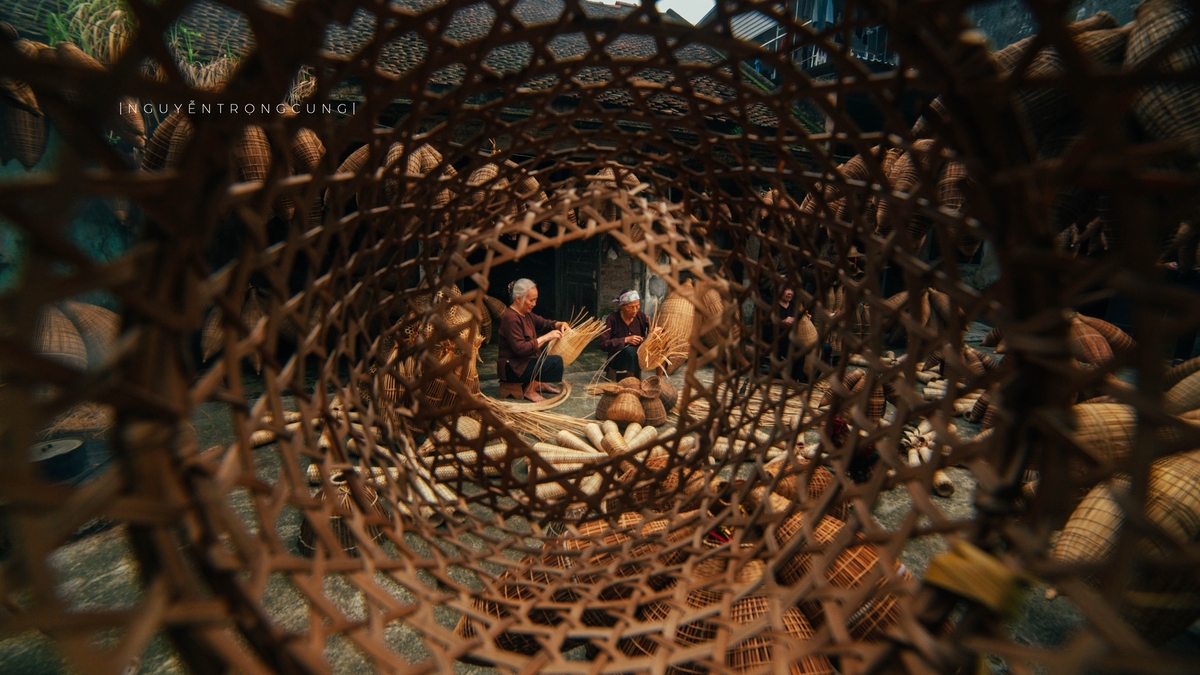
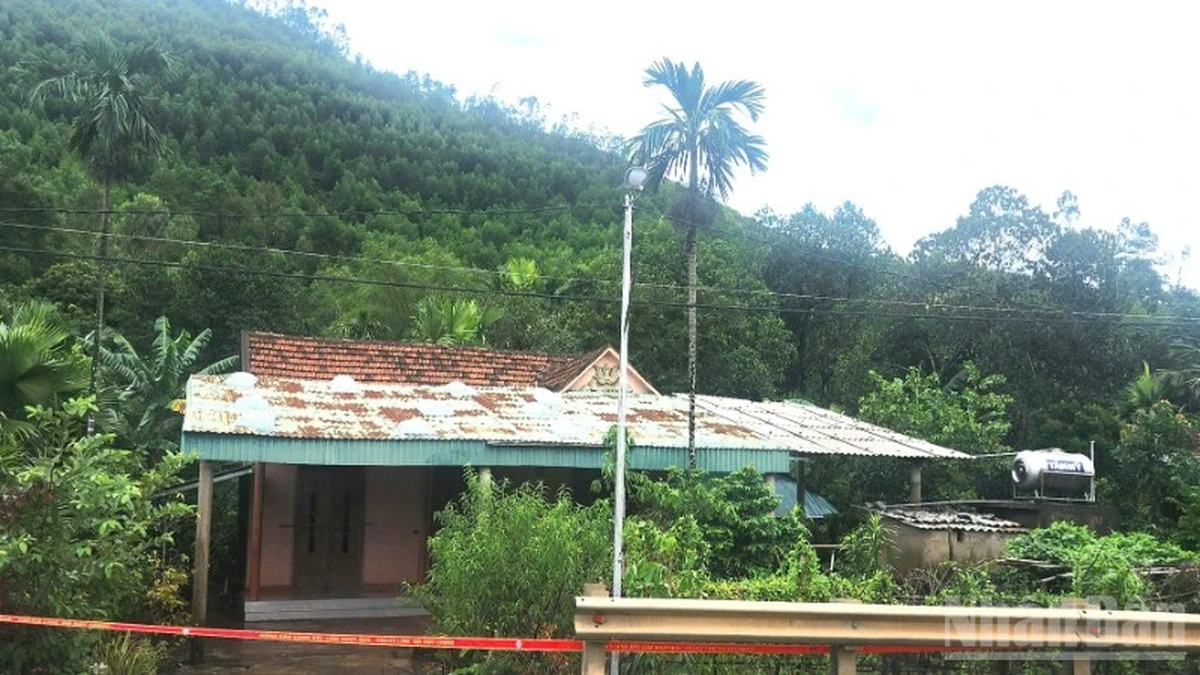
![[Photo] Touching scene of thousands of people saving the embankment from the raging water](https://vphoto.vietnam.vn/thumb/1200x675/vietnam/resource/IMAGE/2025/10/30/1761825173837_ndo_br_ho-de-3-jpg.webp)
![[Photo] General Secretary To Lam attends the Vietnam-UK High-Level Economic Conference](https://vphoto.vietnam.vn/thumb/1200x675/vietnam/resource/IMAGE/2025/10/30/1761825773922_anh-1-3371-jpg.webp)
![[Photo] General Secretary To Lam meets former British Prime Minister Tony Blair](https://vphoto.vietnam.vn/thumb/1200x675/vietnam/resource/IMAGE/2025/10/30/1761821573624_tbt-tl1-jpg.webp)
![[Photo] The Third Patriotic Emulation Congress of the Central Internal Affairs Commission](https://vphoto.vietnam.vn/thumb/1200x675/vietnam/resource/IMAGE/2025/10/30/1761831176178_dh-thi-dua-yeu-nuoc-5076-2710-jpg.webp)


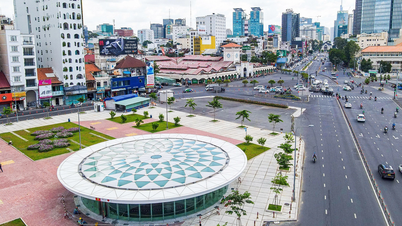

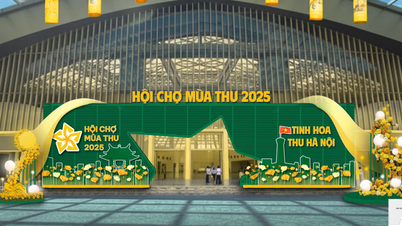

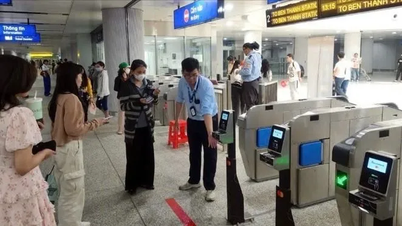
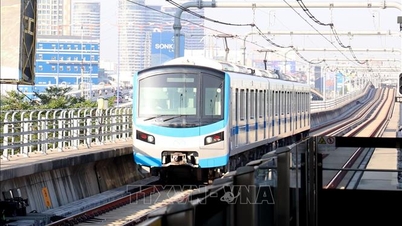


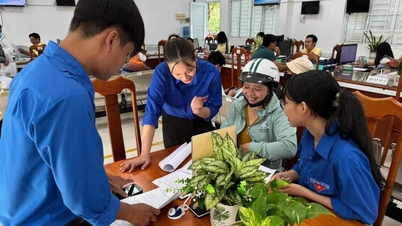

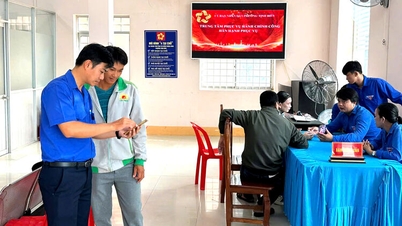
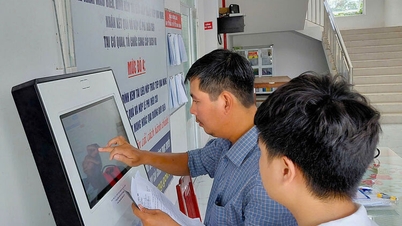

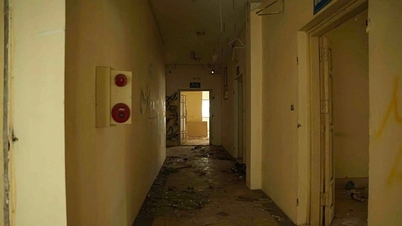

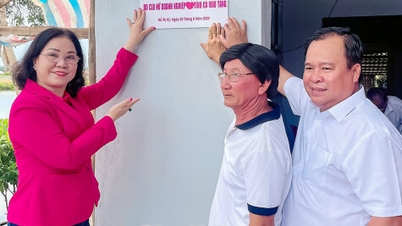










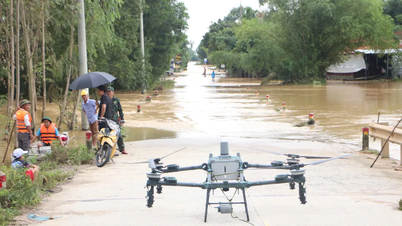






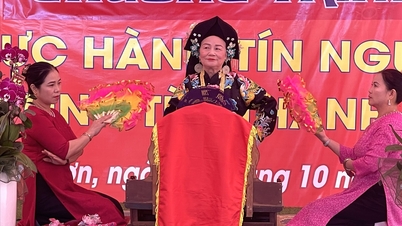





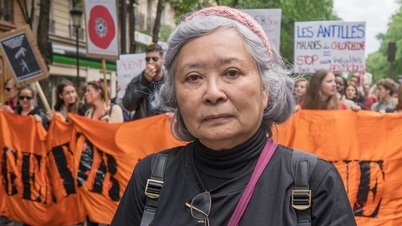









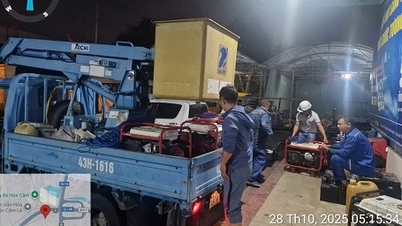

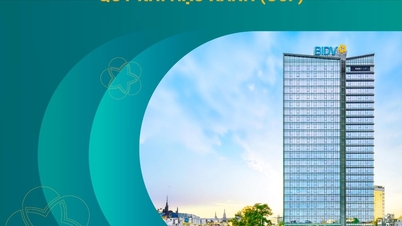

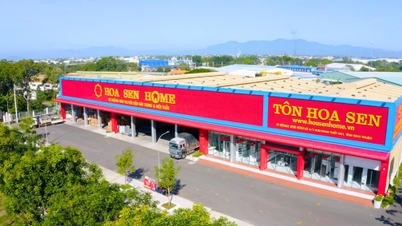










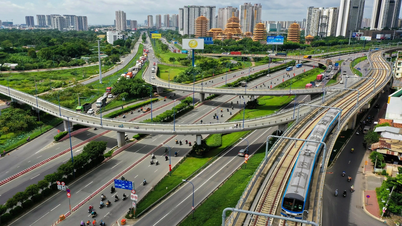
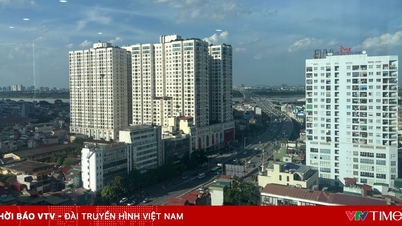
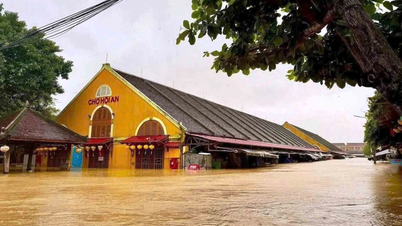







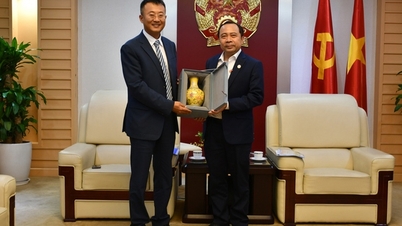
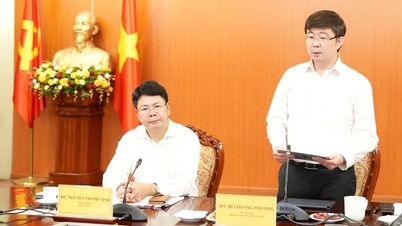
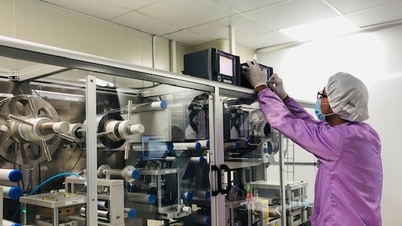
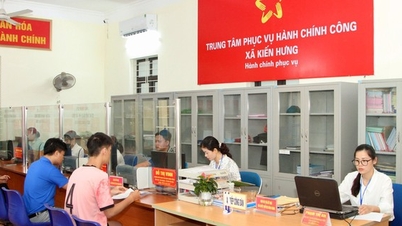
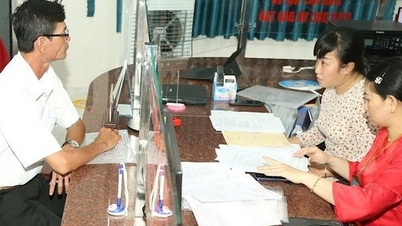


















Comment (0)